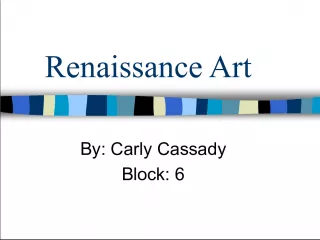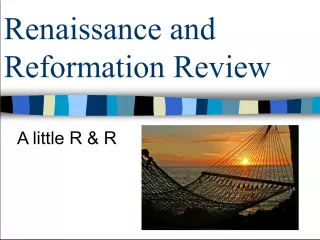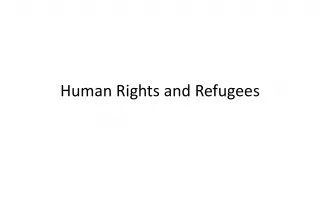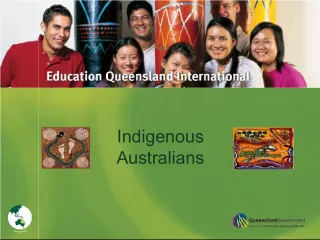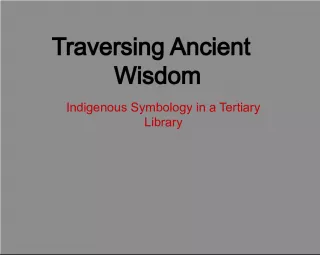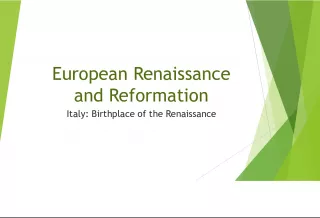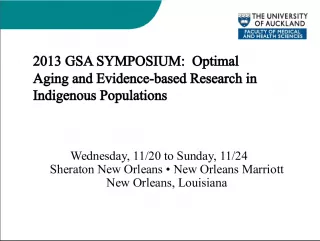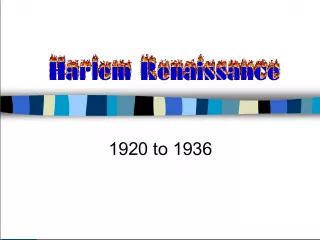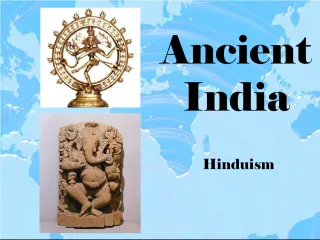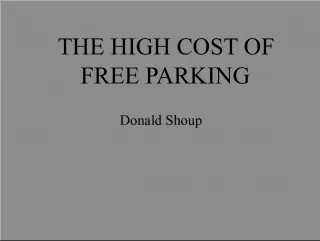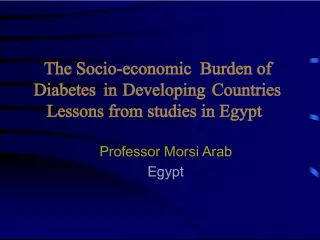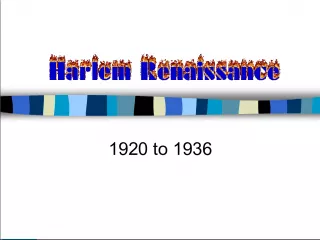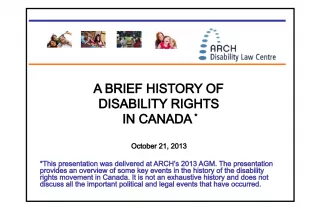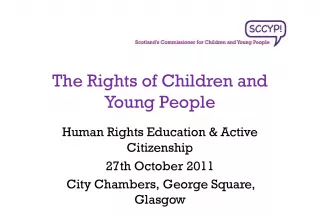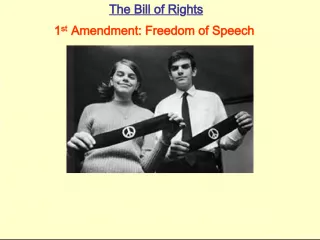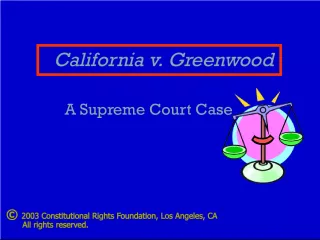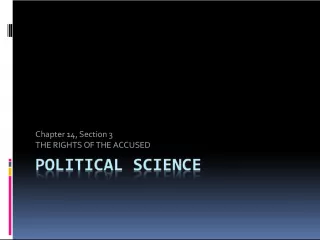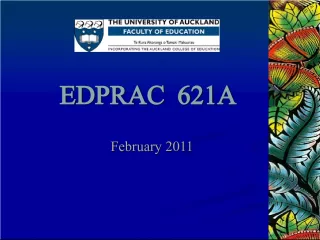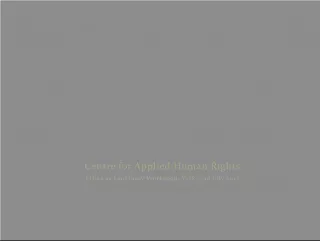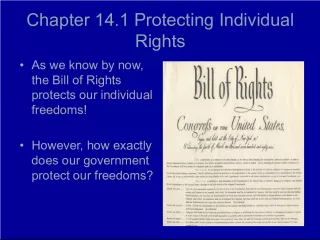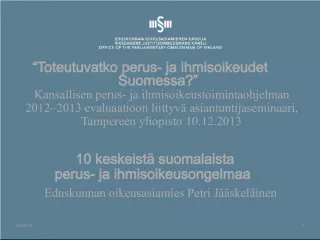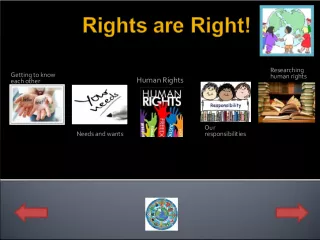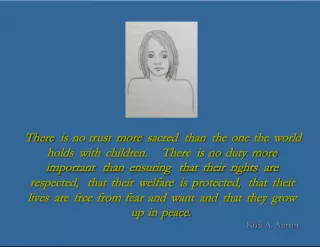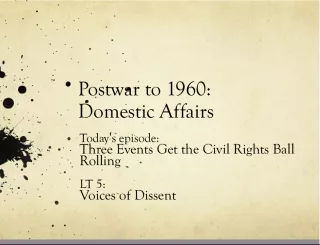The Maori Renaissance and its Impact on Indigenous Rights
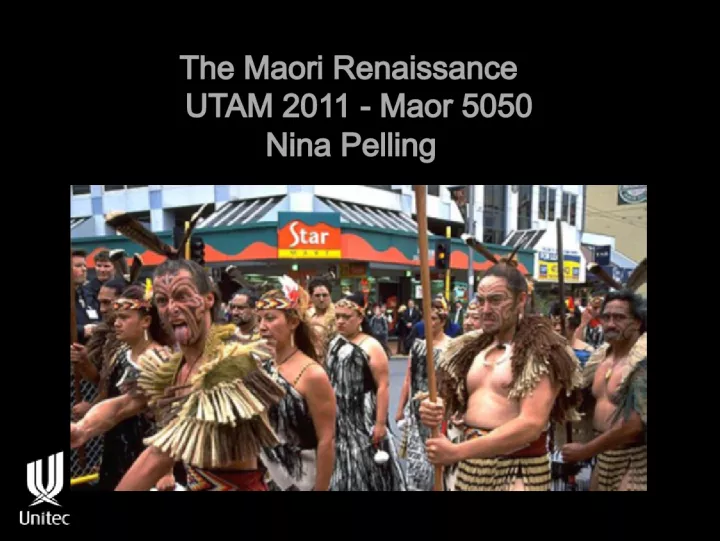

This article explores the history of the Maori society from pre-contact times to colonization and the Maori Renaissance. It also examines the impact of the Maori Renaissance on indigenous rights and whether it has benefited Maori.
- Uploaded on | 5 Views
-
 frederike
frederike
About The Maori Renaissance and its Impact on Indigenous Rights
PowerPoint presentation about 'The Maori Renaissance and its Impact on Indigenous Rights'. This presentation describes the topic on This article explores the history of the Maori society from pre-contact times to colonization and the Maori Renaissance. It also examines the impact of the Maori Renaissance on indigenous rights and whether it has benefited Maori.. The key topics included in this slideshow are Maori Renaissance, indigenous rights, pre-contact, colonization, bicultural Aotearoa, traditional society,. Download this presentation absolutely free.
Presentation Transcript
1. The Maori Renaissance UTAM 2011 - Maor 5050 Nina Pelling
2. History of Maori Society History of Maori Society Traditional Society: Pre- Contact before 1769 First contact 1769 1840 Colonisation 1840 1970 The Maori Renaissance 1970 1990 Bicultural Aotearoa-NZ 1990 2000s
3. Indigneous Rights and the Maori Renaissance? Indigneous Rights and the Maori Renaissance? What is the history leading up to the Maori Renaissance? Has the Maori Renaissance benefited Maori?
4. What is the Maori renaissance? What is the Maori renaissance? The rise of a Maori political consciousness in the late 1960s informed by a history of political resistance post 1840.
5. Maori responses to colonisation 1840 1900 Military/warfare Religious movements Political 1900 2000+ Political Social/cultural Legal
6. Review History of Maori activism 1843- Te Rauparaha skirmish with Wakefield company Hone Heke saw the flag staff as a symbol of his discontent. 1858 Maori King movement established as a symbol of mana whenua 1860s Maori response to Land wars was to create series of Prophetic movements aimed at unifying the tribes and recovering the land . 1864 Pai Marire cult led by te Ua Haumene promised divine assistance.
7. Maori Expressions 1900s Modern Maori activism Revitalisation of cultural consciousness amongst Maori Reaction against racism Reaction against Government Assimilative Policies Hunn Report 1961 Integration Policy
8. Patterns of Maori land ownership Patterns of Maori land ownership 1840 66,400,000 1891 11,079,486 1920 4,787,686 1986 2,626,091
9. Disposal of confiscated land Disposal of confiscated land Opotiki Total land confiscated - 448,000 Land returned - 230,600 Taranaki Total land confiscated - 1199,622 No land returned Waikato Total land confiscated -1217,437 Land returned - 50,000 (Waitangi Tribunal 1996)
10. Features of the Maori renaissance Revitalisation of cultural consciousness amongst Maori Reaction against racism Gradual decline of assimilationist views Greater Political activism Land hikois 1975 and 1979 Donna Awateres drive for Maori sovereignty
11. Assertions of Maoritanga in early 1900s Apirana Ngata Te Puea
12. Maori Political Consciousness Maori Political Consciousness 1970 Young Maori Leaders Conference, Nga Tamatoa, 1975 Maori Land March 1975 Waitangi Tribunal 1977 Bastion Point 1979 He Taua 1981 Springbok tour 1981 Raglan Golf Course Protest 1984 Hikoi ki Waitangi
13. Revitalisation of Language and culture Te Whare wananga Maori studies in mainstream tertiary Education Te Kohanga Reo Movement Kura kaupapa Maori
14. Other Maori Responses in Education Other Maori Responses in Education Kura kaupapa Maori Te whare wananga Maori Studies in tertiary institutions Revitalisation of Language and culture Bi-culturalism vs. multi -culturalism
15. Nga Tamatoa . Nga tamatoa In Auckland the 1970 Young Maori Leaders conference at UOA gave rise to Nga Tamatoa( the young warriors) which protested Police harassment, demanded separate rights, official recognition of Maori Language and appoint of Maori to responsible positions in Maori agencies such as Maori affairs. They raised the consciousness asmongst Maori and Pakeha and were totally committed to the pursuit of Tino rangatiratanga This movement lead to the emergence of campaigns and protest events. Which all had one thing in common a rising Maori political consciousness with a recurring theme and supported by educational workshops, around decolonistion, hui, newsletters which has generated a cultural solidarity amongst Maori.
16. Not one more acre - Maori land March 1975 Awareness of historical land losses and mobilisation against continuing losses, grew in the shadow of the land grab authorised by the Maori affairs amendment act 1967. The march planned to cover 700 miles in thirty days making its way down the centre of the North Island and visiting 25 marae along its route. A core group led by Maori activitsts including kaumatua and Kuia like Whina Cooper walked from Te Hapua in Northland to government building in Wellington
17. Bastion P oint is Maori land: 1977 - 1978 Bastion Point
18. Maori activism Springbok Tour 1981 Spring Bok Tour Springbok tour: A rejection of racist Rugby
19. Waitangi Tribunal The Treaty of Waitangi act 1975 established Waitangi Tribunal to make recommendations on claims relation to the practical application of the Treaty and to determine whether certain matters are inconsistent with the principles of the Treaty
20. Other Legislation changes Tu Tangata Programme 1980 Resource Management Act 1991 Te Ture Whenua Maori Act 1993 Social policy legislation to reflect tikanga Maori MMP electoral system 1996 Acknowledgement of NZ culture within the Arts and media
21. Has the renaissance been good for Maori? - Against Has the renaissance been good for Maori? - Against Tokenistic and superficial change too slow and no better off Negative statistics persisting Maori language speakers Still a struggle for economic control over resources De regulative policies and free market ideology have not helped Maori
22. Has the Maori renaissance benefited Maori? For Culturally now Maori proud to be Maori. Has brought Maori and Pakeha together in positive collaborative ways. Job opportunities have opened up for Maori in certain areas In tertiary institutions, lecturers are integrating Maori Dimension into their curriculum Maori Political Party Maori Television, Maori radio, Maori Business and tourist ventures
23. Maori development & Rangatiratanga The supreme power from which all specific powers related to self determination derive their legitimacy or effect Kirke Kickingbird 1984 Exists at the mana whenua level in that it implies Maori ownership and control of resources as well as iwi/hapu rights to negotiate directly with the Crown for grievances reparations (Durie,M. 1995b) Endorses the right to establish innovative patterns of belonging that challenge the once uncontested ground rules of an absolute state (Spoonley 1997a)
24. Readings Harris, A. (2004). Hikoi: Forty years of Maori protest, , Huia Publishers. Wellington. Webster, S. (1998). Patrons of Maori Culture: Power, theory and ideology in the Maori Renaissance , Otago University Press. Dunedin. Walker, R. (1990) Ka Whawhai Tonu Matou: Struggle Without End , Penguin Books. Auckland. www.teara.govt.nz www.tetaurawhiri.govt.nz
